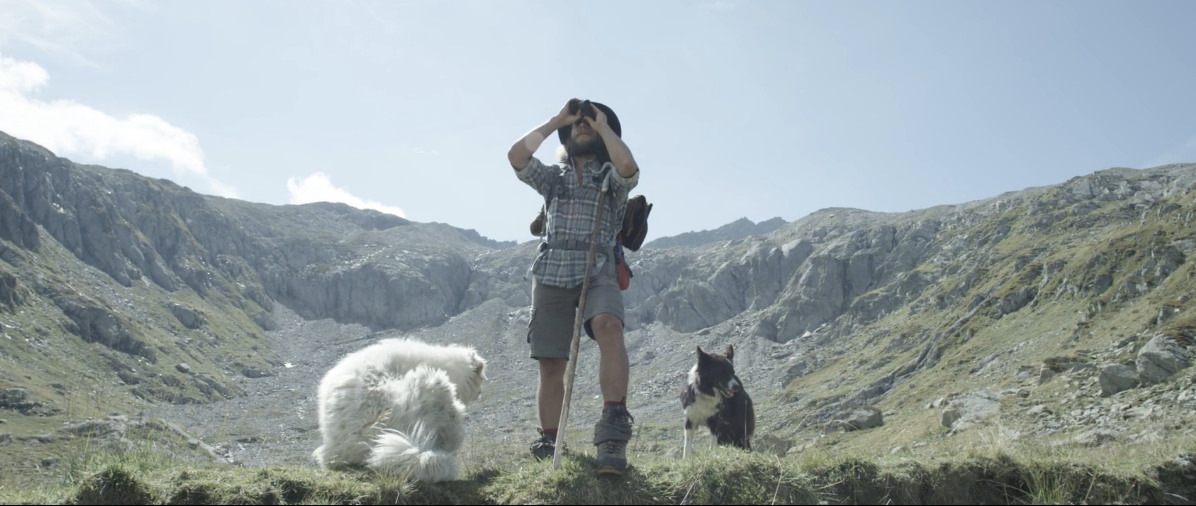EPISODE 2 - A summer on the alp

Lukas Hartenberg from Hamburg is a shepherd on Alp Cristallina near the Lukmanier Pass in western Graubünden. He spends his summer all alone with the animals and lives under very simple conditions in his hut, the Stavel dil Laiets. From there he moves with his 1,300 sheep and 120 goats through a very extensive area that stretches from narrow valley floors over wide plateaus up to the foothills of the glaciers. In our series of episodes "A summer on the alp", Lukas talks about his duties as a shepherd, his experiences with the animals and the daily challenges that the lonely, barren life in the mountains brings with it.
The wool for the lavalan wool insulation comes exclusively from the Central and Northern European countries of Norway, Sweden, Germany, Austria and Switzerland. Sheep farming in Switzerland enables the sheep to live freely and carefree on wide alpine pastures with access to protein-rich food in the summer months. This ensures healthy, uniform wool growth, which is an important criterion for our product quality.
Did you know what you were getting yourself into and what your job here would look like?
That's a good question. I certainly didn't know that beforehand either. Well, when I came here, I had no idea what to do and I thought, you're kind of out and about with the sheep and look after them a bit. After all, that's what it is. Sheep tending. But the special thing is that there are an incredible number of sheep, 1,300 in total and the area is just huge and the sheep are spread all over this area. And in the beginning it was definitely funny, because I always looked at the mountain and then you see white dots somewhere and think they could be sheep and then you take your binoculars and have a look and then it turns out that that are just stones and then you see a few sheep in the distance and count them about 2, 5, 10, 15 sheep and then you think, where are the other 1,280?
That's definitely how it was at the beginning and it's still the case that the sheep are just unbelievably spread out in this huge area. And ultimately, my job is to bring back as many sheep as possible at the end of the summer. That's something special about sheep compared to cows. It is quite clear that not all sheep come back at the end of summer, but that between 3 - 5% simply stay on the alp. This is definitely something that I really had to get used to at the beginning and which I still don't find that easy. But you just can't look at every single animal.
Is it a big difference compared to cows?
If you haven't seen a cow for a day, that's no problem. If you haven't seen her for 2 days, that's fine too, but on the third day you have to start looking. And with my sheep, all I can say is that I don't know if they're all there. I won't know until the end of summer when everyone is counted. This is also the case when sheep become ill or injured. I just see that by chance, when a sheep behaves strangely or limps. Then I can try to treat it when I get it. And that means I go to bed every night knowing there's another lamb that might limp or has an udder infection, but I can't treat it. That's definitely special when shepherding sheep on the alp.

